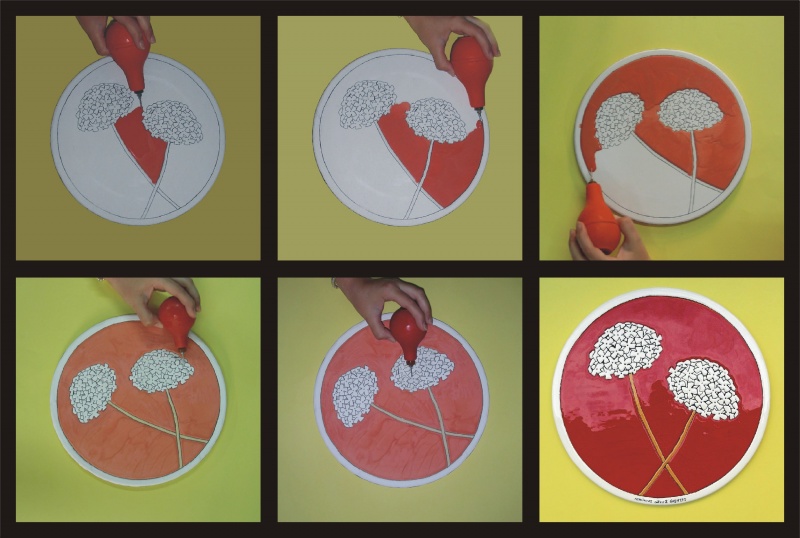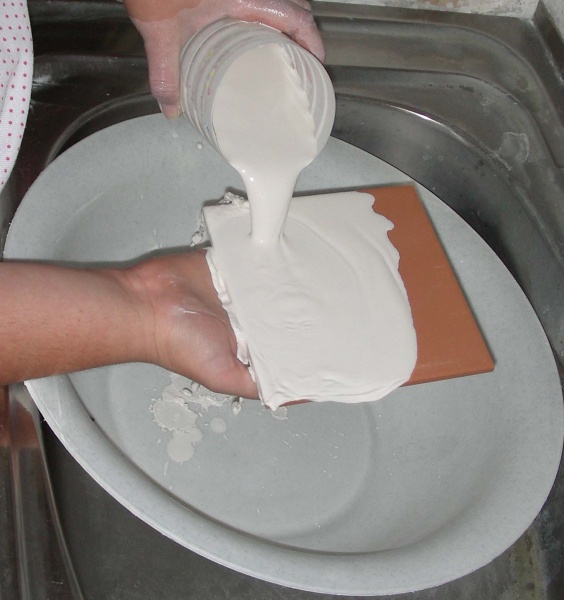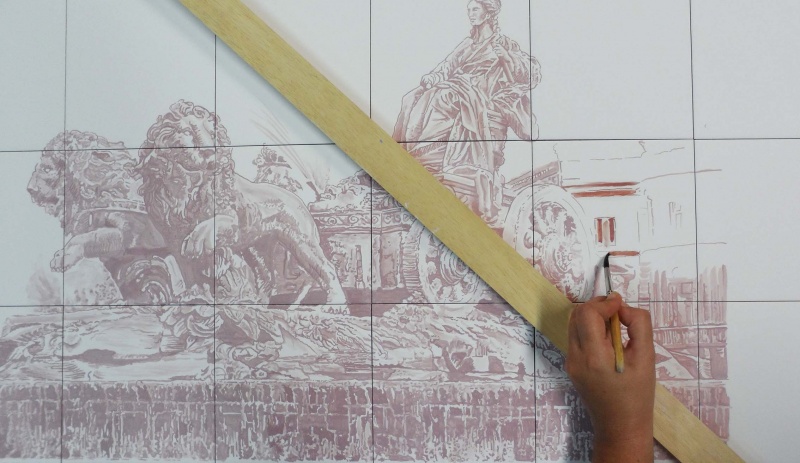
Si buscas
hosting web,
dominios web,
correos empresariales o
crear páginas web gratis,
ingresa a
PaginaMX
Por otro lado, si buscas crear códigos qr online ingresa al Creador de Códigos QR más potente que existe


.jpg)
.jpg)
.jpg)
.jpg)
.jpg)
.jpg)


.jpg)
.jpg)
.jpg)
.jpg)
.jpg)


.jpg)

Ceramic tiles mural enamelling techniques
Glazing
It consists on a layer of a glass-like substance which has been fired at high temperature on the surface of the pottery (tiles or plaques), which can be either raw, "greenware", or "biscuit" fired.
Glazes (sometimes called enamels), after firing in ceramic kiln, forms a protective moisture-proof coating on the tiles. In addition to this functional aspect, it enables a variety of surface textures, including degrees of gloss and matt, and finished colour.
Used mainly for ceramic tiles murals decoration these enamelling techniques give to the works excellent conditions of durability and fade resistance.
Underglaze
Decoration under the glaze. Enamels are applied to the raw surface of the pottery (tiles or plaques). Then, a wet glaze, usually transparent, is applied over the decoration. The pigment fuses with the glaze, and appears to be underneath a layer of clear glaze.
An example of underglaze decoration is the well-known "blue and white" porcelain famously produced in China, Japan, England and The Netherlands. In this case the striking blue color is achieved by using cobalt in the form of either cobalt oxide or cobalt carbonate, both of which are still commonly used, to prepare the applied enamel. Similar recipes based on other inorganic components give the whole range of colours that craftmen use to decorate their ceramic works.
Overglaze
Decoration over the glaze. Enamels applied on top of a layer of glaze is referred to as overglaze. The difference with underglaze is on where the motive is painted: under or over the glaze. Overglaze methods include applying one or more layers or coats of glaze on a piece of pottery or by applying a non-glaze substance such as enamel or metals (i.e., gold leaf) over the glaze.
Dry rope
Ancient arab technique known since the Umayyad Caliphate and widely developed in Al-Andalus period. At that time, Xth century, a mix of manganese, oil and wax resist lines was used to keep the different glazes separated whilst being fired in the kiln. The embossed effect is likened to a glazed ‘stain glass’ similar to cloisonné technique. The different colours (enamels) are applied to the raw surface of the tiles and after firing they appear separated by non glazed narrow lines.

824311

